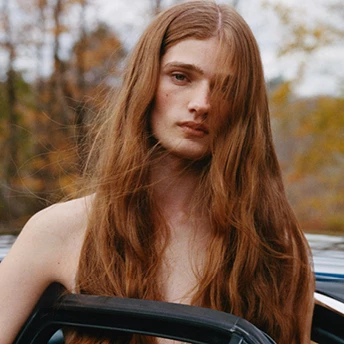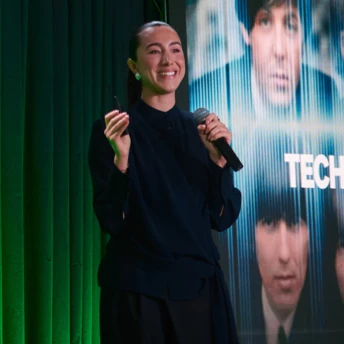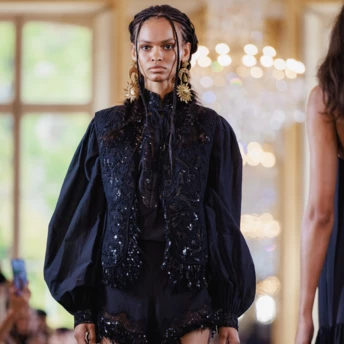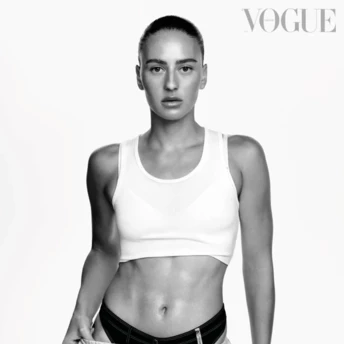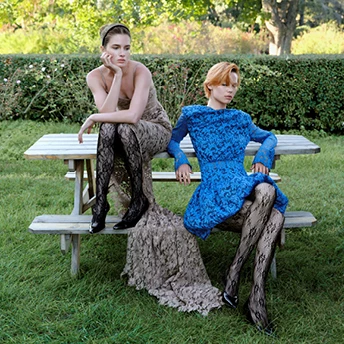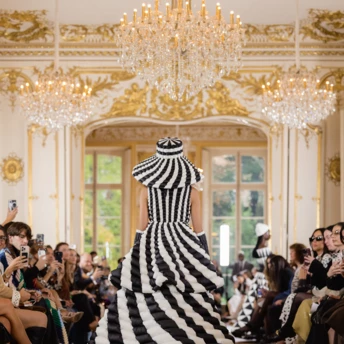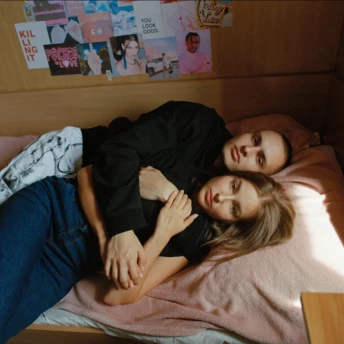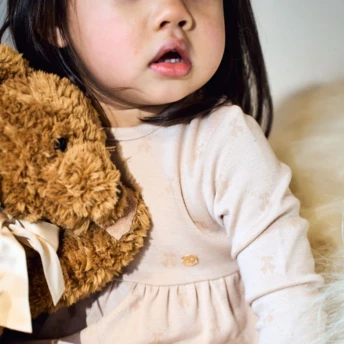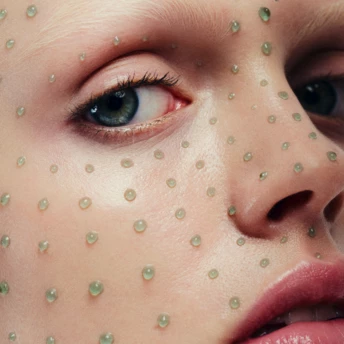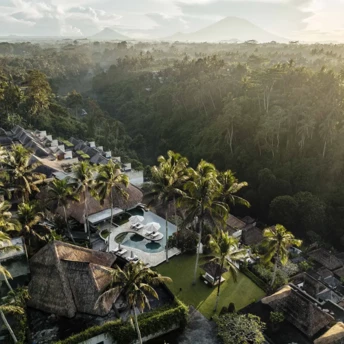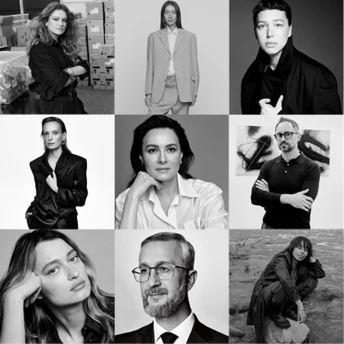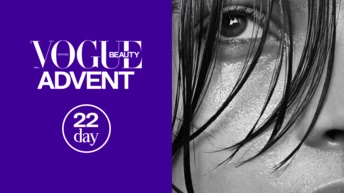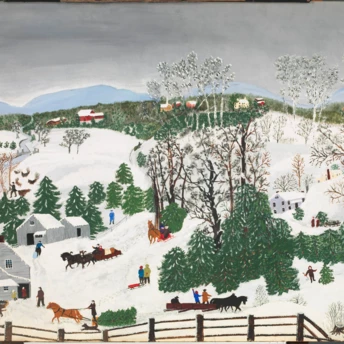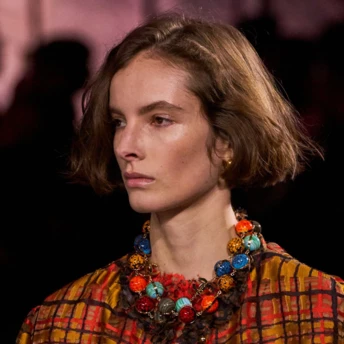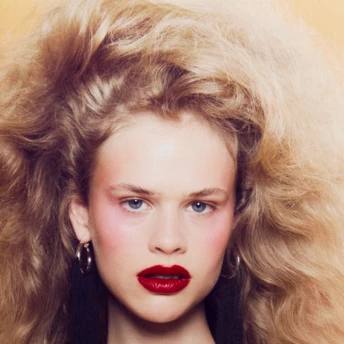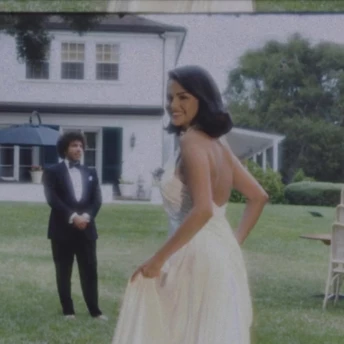War, Prosthetics, and Fashion: How Ukrainian Designers Are Transforming the Industry
Fashion, long regarded as a reflection of society's pulse, has consistently mirrored the most profound shifts in culture, conflict, and human aspiration. In the aftermath of global events, from world wars to revolutions, fashion has evolved, speaking to the collective consciousness of the time. The flapper dresses of the post-World War I era symbolized women's emancipation, while the elegance of post-World War II designs represented a yearning for peace and restoration. History tells us that fashion not only reflects, but also has the power to drive societal change.
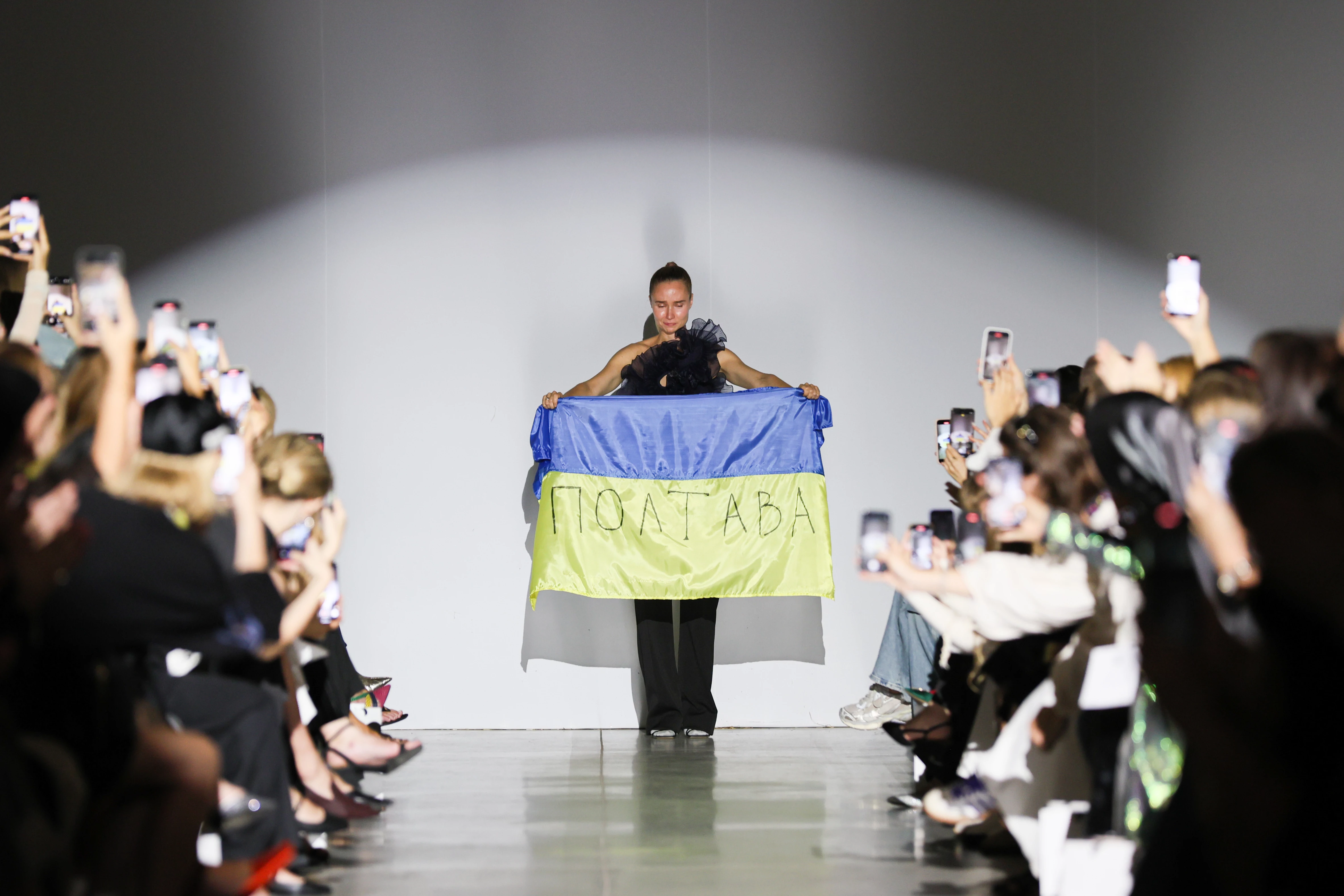
Today, as Ukraine navigates the horrors of war, its designers are once again proving that fashion can be a vehicle for much more than aesthetic expression. At Ukrainian Fashion Week SS25, the runway became a platform for deeper messages, where every stitch and silhouette was laden with social significance. This season marked the first since Russia's full-scale invasion began, and it carried with it a weight of responsibility — an acknowledgment of the ongoing war, a tribute to resilience, and a commitment to inclusion.
Ukrainian designers are no longer merely creators; they are agents of change, addressing the nation’s most pressing issues — war, prosthetics, and the importance of inclusivity. Their collections are not just artistic displays but statements of strength, survival, and hope. Fashion, in this context, transcends mere clothing and becomes a medium for expressing collective emotions, traumas, and aspirations.
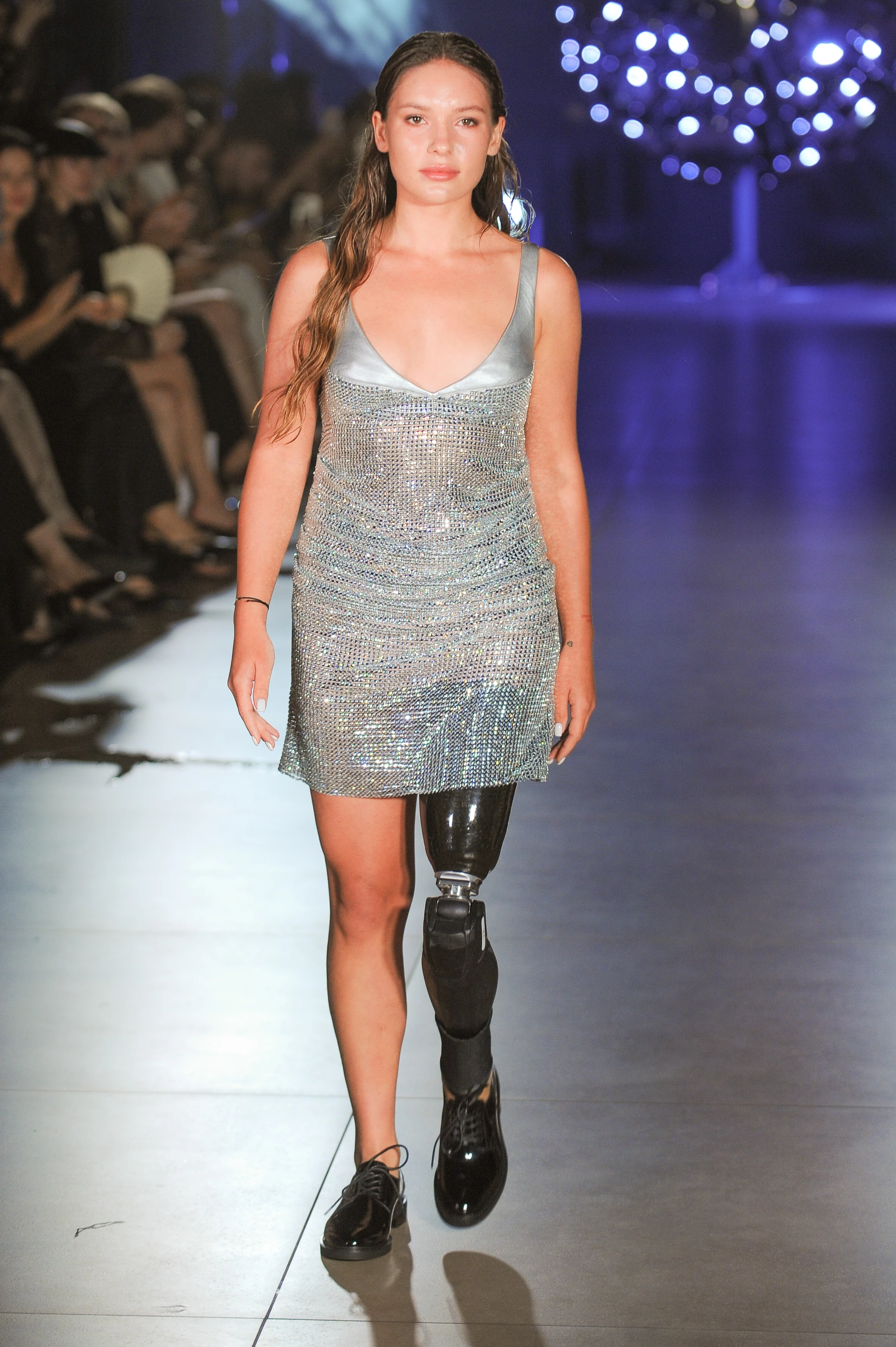
GASANOVA collection stands as a testament to this new era of conscious fashion. Drawing inspiration from the fleeting nature of soap bubbles, the collection highlights the delicate beauty of life against the harsh realities of war. Through ethereal fabrics and soft silhouettes, Hasanova reminded us of the fragility of existence and the importance of cherishing each moment. At a time when each day brings new challenges, this collection served as a poignant reminder that even in the darkest moments, beauty, and joy are essential elements worth protecting.
One of the most powerful moments of the show was the appearance of veteran Ruslana Danilkina, walking the runway with a prosthetic leg. A symbol of resilience, Danilkina lost her leg during combat but did not lose her determination to thrive. Her presence on the runway was not just an act of inclusion; it was a profound statement about overcoming adversity. For Hasanova, this was more than just a fashion moment — it was a powerful message about the need to support and uplift those affected by the war, ensuring they are seen, heard, and given credit for their strength.
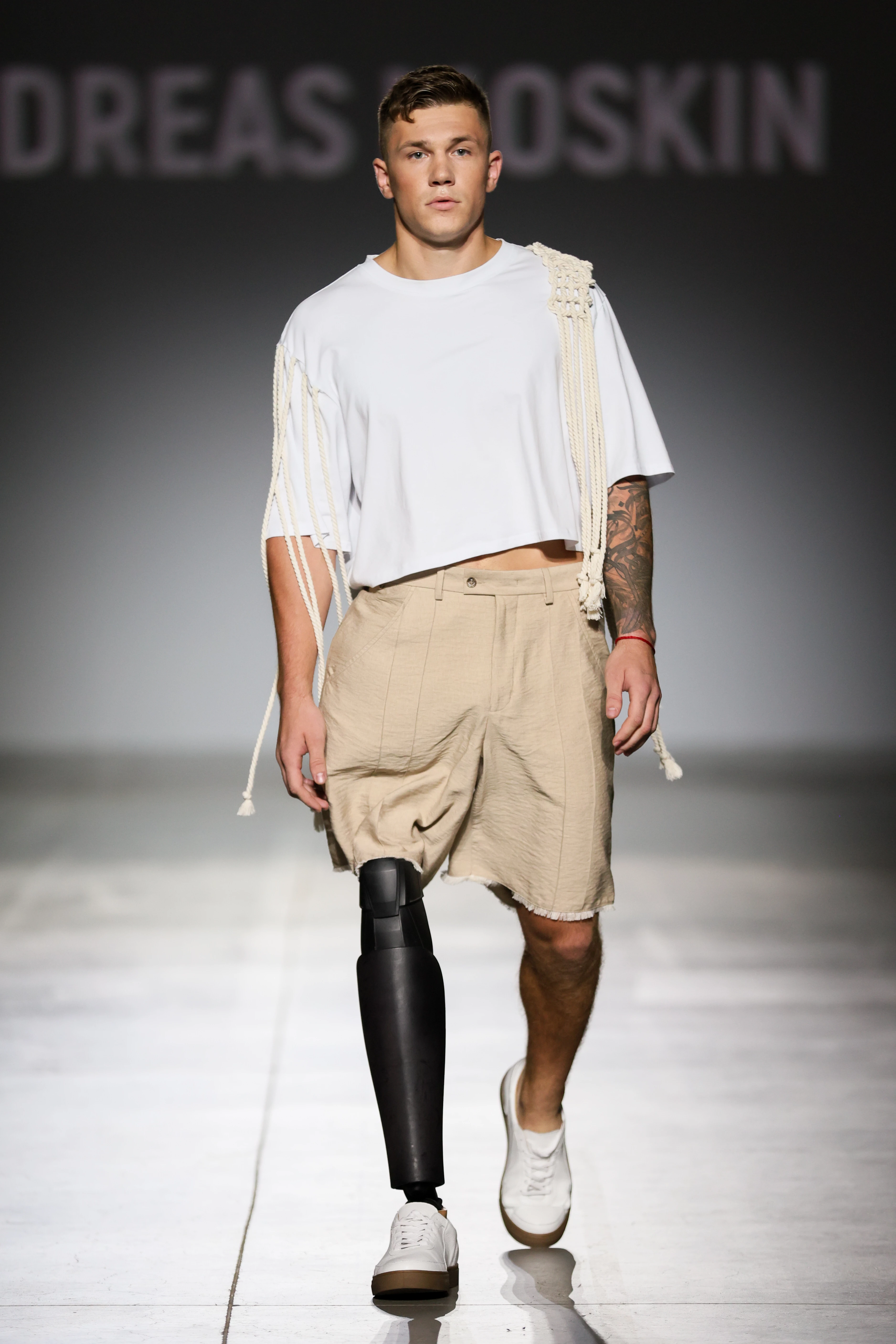
Equally moving was the collection from Andreas Moskin, which took inspiration from Ukraine’s rich poetic cinema of the 1960s and 1970s, particularly the film The White Bird with a Black Mark by Yuriy Ilyenko. The collection’s boho aesthetic, with its earthy linen fabrics, intricate embroidery, and eco-friendly materials, paid homage to the nation's traditions while acknowledging the grim military realities of today. For designers Andrii Moskin and Andreas Bilous, this was a balancing act between the past and the present, merging nostalgia with the starkness of current events.
The inclusion of war veterans as models elevated the collection from a fashion statement to a message of survival and renewal. Veterans, once defined by their roles on the battlefield, now redefined themselves on the runway, showcasing their new identities with dignity and strength. In Moskin’s vision, prosthetics are not merely functional devices; they represent the next chapter of life, symbols of resilience and the ability to adapt and thrive after unthinkable loss.
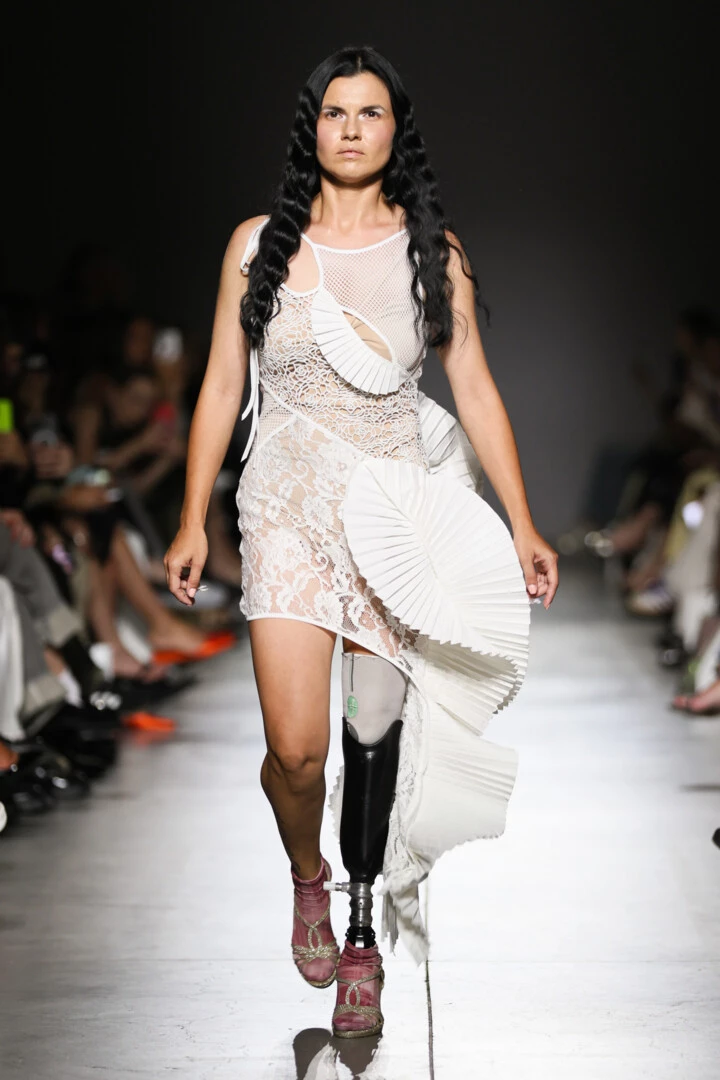
Nadya Dzyak’s Chromatic collection, inspired by the striking natural landscapes of Southern Ukraine, offered a stunning display of transparent fabrics and vivid hues, capturing the beauty of the Pink Lakes and the Kinburn Spit. The collection was a visual feast, but its significance ran deeper than aesthetics. For Dzyak, fashion is a platform for promoting inclusivity, and her decision to feature a model with a prosthetic leg on the runway was a testament to that belief. Karina Stashchyshchak, a Ukrainian record holder in ballroom dancing, embodied grace and strength, and her appearance underscored the importance of creating spaces where all bodies are celebrated and represented.
Dzyak’s vision was clear: fashion has the power to challenge norms, shift perceptions, and create new narratives about who can be part of the industry. Her collection was not just a celebration of natural beauty, but a call for a more inclusive, compassionate world.
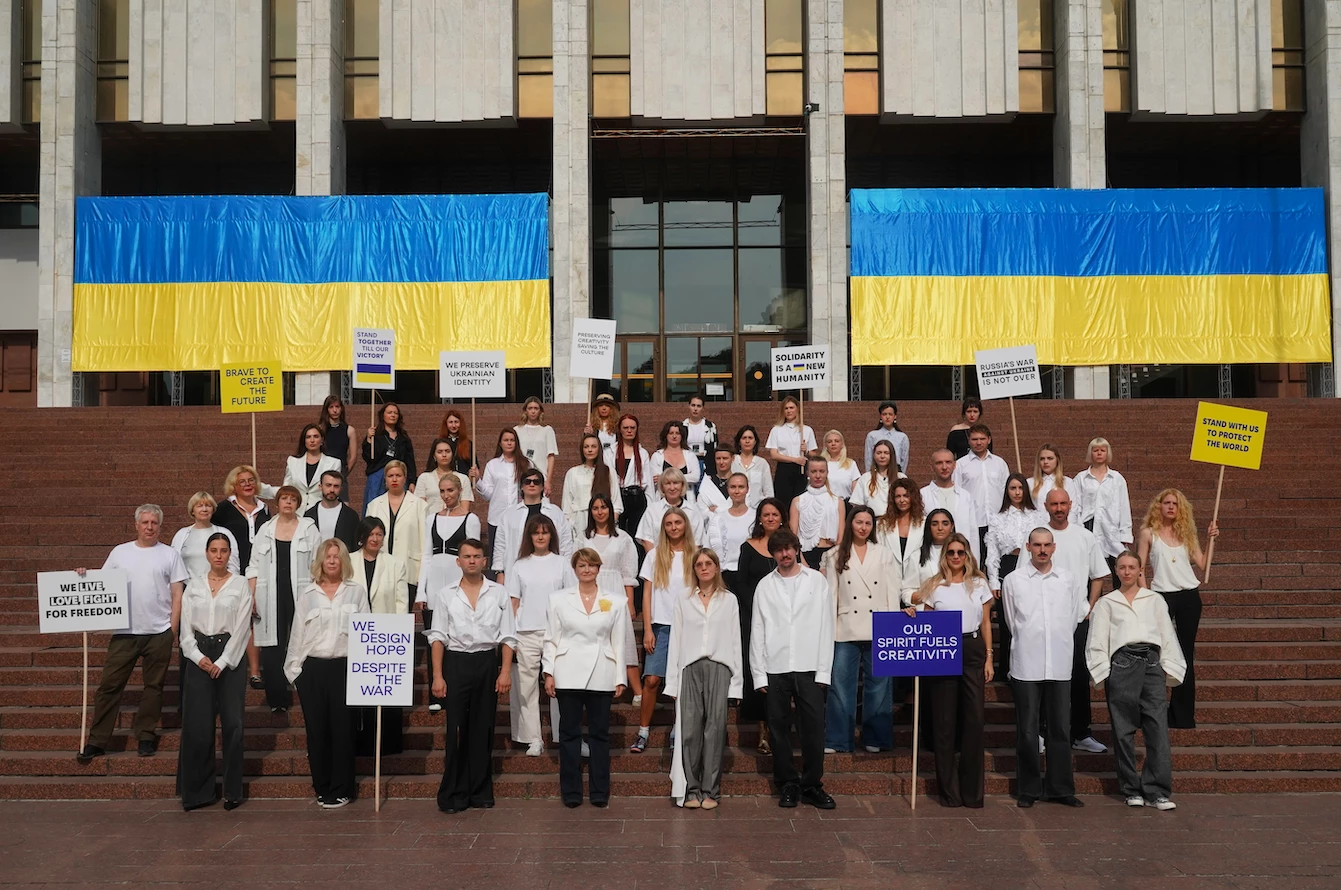
The initiatives of Gasanova, Andreas Moskin, and Nadya Dzyak go far beyond the runway. These designers are not simply telling stories of war and recovery; they are crafting new narratives about what it means to be Ukrainian in the modern world. Fashion that addresses social issues becomes a powerful tool for change, one that emphasizes the importance of solidarity and support in a time of crisis.
This year’s Ukrainian Fashion Week was more than just an industry event — it was a pivotal moment for the country. It showcased fashion’s ability to respond to the most pressing issues of our time, from the realities of war to the need for inclusivity. The designers and participants demonstrated that fashion is not merely a reflection of society—it is a force capable of shaping it. And today, as Ukrainian designers rise to meet these challenges, they are proving that their voices have never been more important, both within the world of fashion and beyond.


